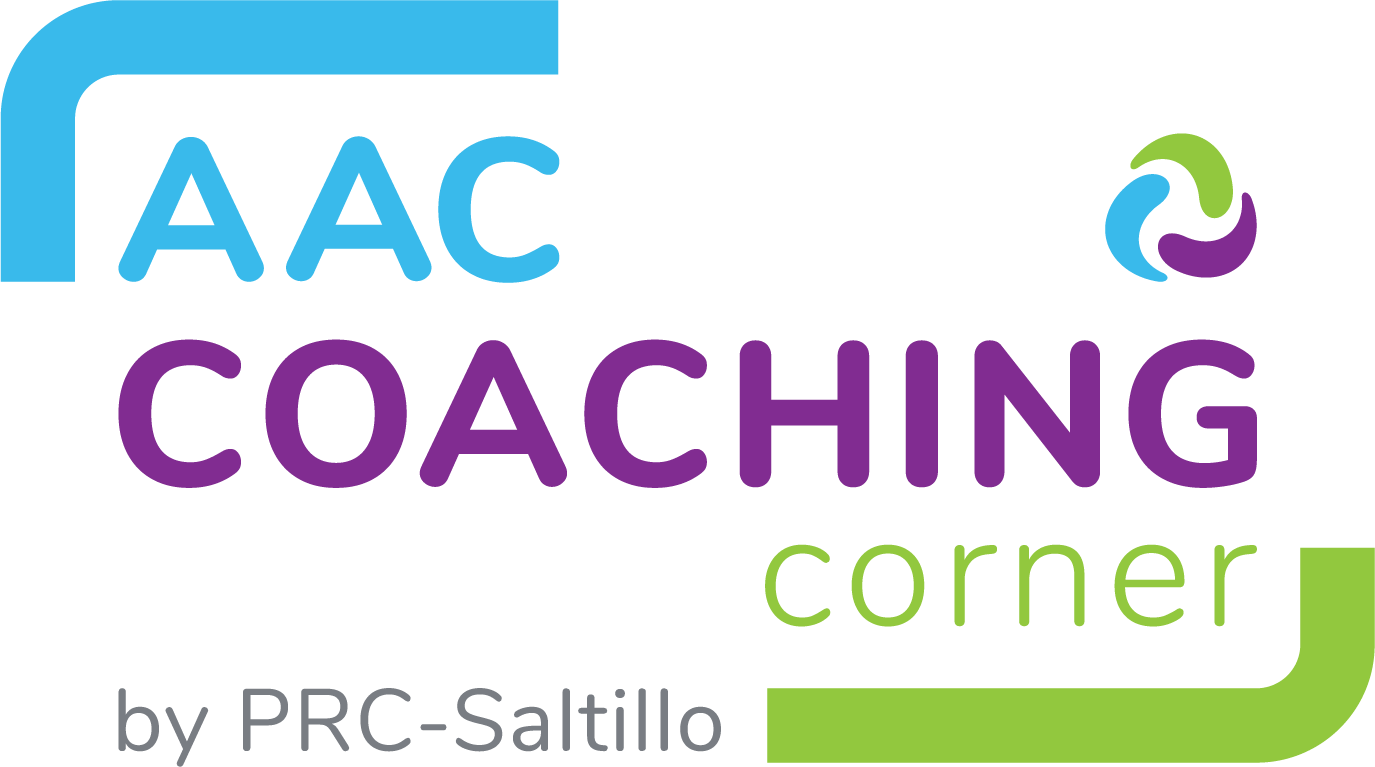
By Darcy Lees, M.Ed., CCC-SLP
There are some experiences that really stick with you. I remember sitting down to review a video of a student working with her SLP. It was hard to watch the SLP on the screen work with the little girl who was learning to use adjectives on her Vantage Lite. The SLP was talking too much; she was talking too fast, she needed to wait before she prompted again! I remember hitting the pause button in frustration.
What made the video even more difficult to watch was that the SLP I was watching was me, and all I could see was what I was doing wrong. When I started the video again, I accepted I was going to see some things I needed to change but I also wanted to focus on finding some positives. It was a relief when I saw my pace slow and pause time increase before re-prompting. I saw that she liked the chosen activity, that I modeled the new words we were going to use, and that the visual supports used were helpful. The student found and used the adjectives we had covered to complete sentences, and she looked like she was enjoying the activity.
At the time, I was an SLP in the schools and had been working with people who use AAC long enough to know I could do better. Putting some thought into it, I realized the rush of words and fast pace at the beginning of the session were due to a combination of factors –hurrying to my room to get to work, being hyper-conscious of the limited time we had, wanting to make sure I kept her attention, and worrying that I wasn’t teaching her enough to convince everyone else she was making progress. I came close to letting all those worries get in the way! The first take away was to start the session the way I knew I should – stay present, take my time, remember: she is learning. The second was to make sure I was tracking the data to show the progress she was making. The third was to record myself doing therapy – at least partial sessions from time to time– to make sure I was doing what I needed to.
Now, as a consultant, I recommend that therapists and teams get permission to record themselves working with clients or students who use AAC, and to try to get recordings during different times of the day – snack, circle time, centers to get a better idea of what is happening outside of the therapy setting.
When you watch the recording, take the time to really see what you and the AAC user are doing. It’s often easier to find all the things we are doing wrong, so I encourage people to start with looking for what they are doing right, then move on to the things that need work. What are you doing well? What needs to be improved or changed? How will you do things differently next time?
One suggestion is to start out with a list of 3’s: 3 things that you are doing well, 3 things you need to change/improve, 3 ways to make those changes. The best way to make a change actually happen is to come up with a plan. For example, simply saying you need to make sure you’re pausing long enough before re-prompting probably won’t help you to make a real change. Instead develop a plan to do a silent count to at least 10, write it down, and post it where you will see it. That is a proactive approach to make sure it will happen.
Beyond working on your own skills as a therapist or teacher, using video can be a huge help to the family and serve as a reminder of the progress that has been made.
There are no comments yet. Be the first to post!You must be logged in to post.
Stories and Strategies fo...














